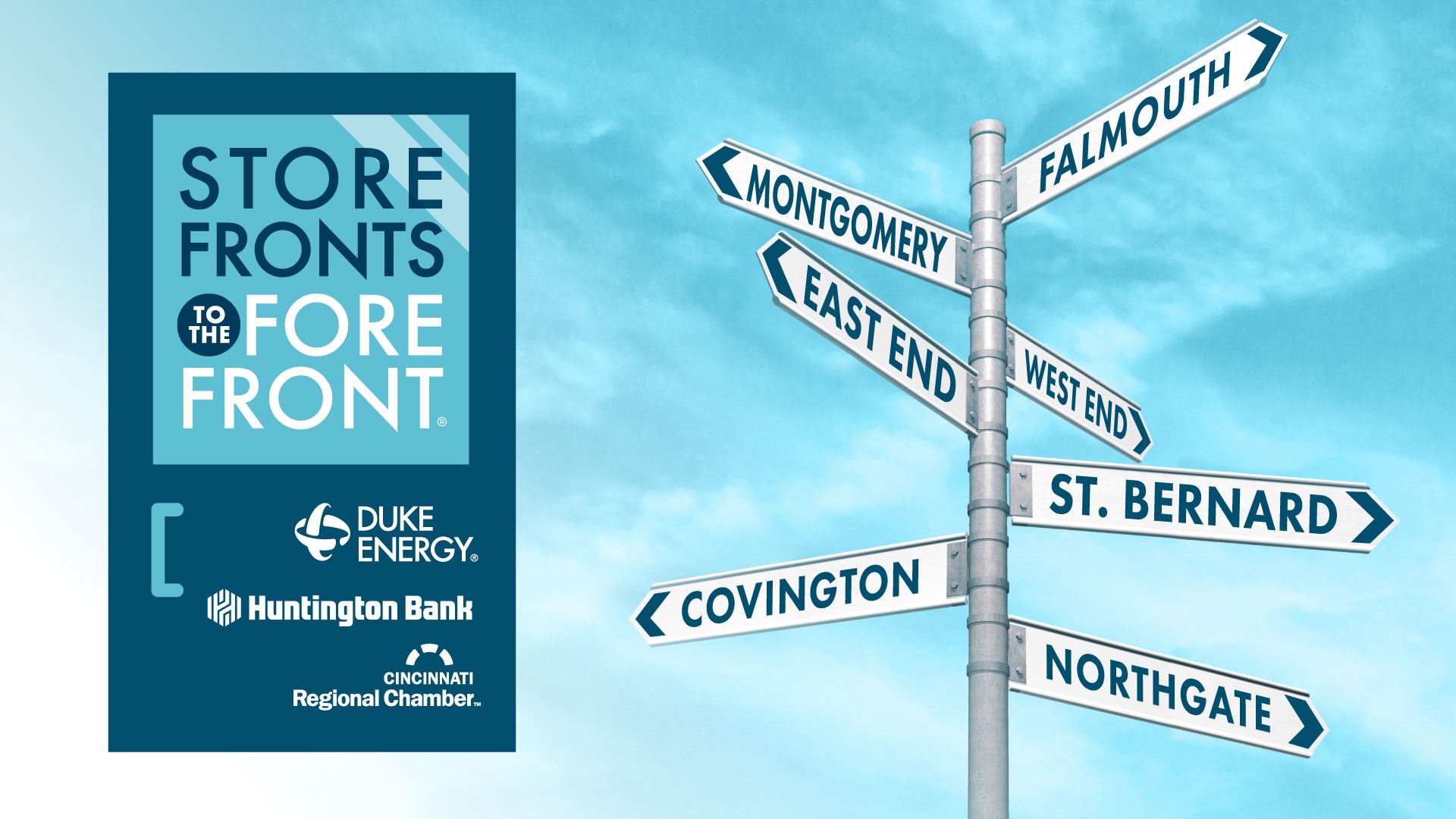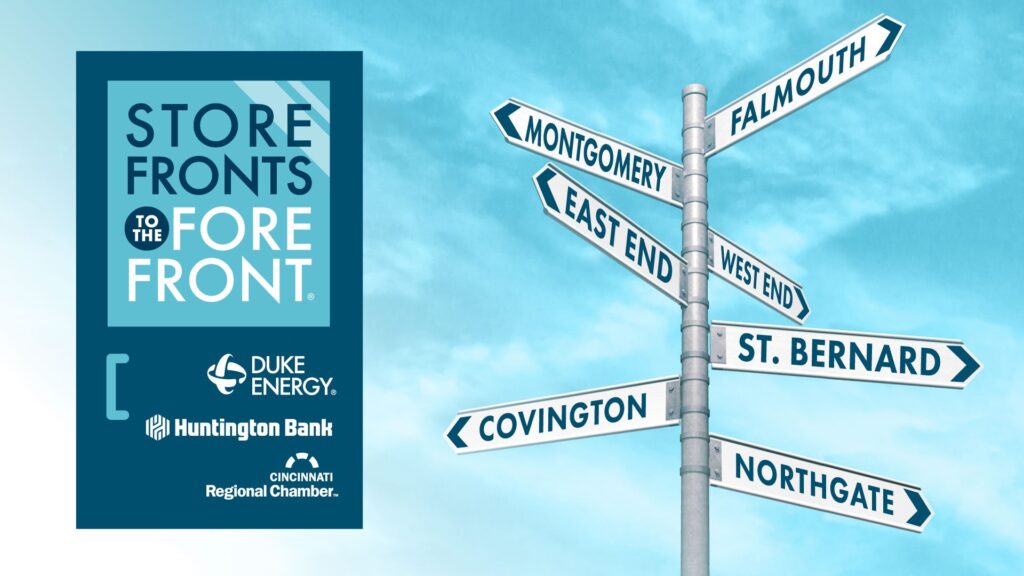1931 – 2013
In his home office on Dayton Street, outfitted with furniture from his days as majority floor leader in the Ohio House of Representatives, former State Rep. William Mallory Sr. began a conversation about his inspiring career with seven frank words: “I was a high school drop-out.”
Looking back, it might have been the break that turned his life around. “They had truant officers but they didn’t track me down,” Mallory recalled. “I turned myself in to my sixth-grade teacher who told me to go back to school, which I did.”
A native of Cincinnati’s West End, Mallory was born in 1931 to a casual laborer with a fourth-grade education, William H. Mallory, and a domestic worker with a sixth-grade education, Drusilla, who moved to Cincinnati in 1928. His early influences were mentors at the Gest Recreation Center, the Findlay Street Neighborhood House and the Lincoln Community Center.
His interest in politics began at an early age. When only 12 years old, he was reading newspapers incessantly, particularly the editorial pages. That interest was fostered by political discussions with Dr. R. P. McClain, the family doctor and only the second black city councilman in Cincinnati history.
Mallory’s first elected positions were as secretary of student government in high school and as president of the Ninth Street Hi Y Club of the YMCA. “The defining moment for me was one day I’m walking up Ninth Street toward Central Avenue,” he says. “I decided to go into this building at 636 W. Ninth St. I wandered around and came to a meeting room where an election was going on. I went in, made a speech and I was elected (president of the Ninth Street Hi Y Club) right off the street.”
His first political defeat was at age 17 when he failed to be elected “Boys Week Representative” during Boys Week at Cincinnati City Council.
Mallory attended Bloom Junior High School from 1944 to 1947. As a young man, he worked at a variety of jobs, such as selling newspapers in front of City Hall and unloading freight cars. He was also a bus boy, a pawn shop stock boy, an iceman, a camp counselor, a hospital tray porter and a bowling alley attendant. “I must have had 30 to 40 different jobs,” he says.
Mallory later graduated from East Vocational High School. Mentors Selma Dubin and Francis Dowell, the director of the Urban League of Cincinnati, pushed him to pursue higher education. “They convinced me I could go to college and work my way through,” he recalls. He entered Central State University in 1951.
“In August of 1951 I arrived at Central State with two pairs of pants. a beat-up suitcase and no money,” he says. “On the list of things I should bring, one was a tuxedo. I didn’t know what a tuxedo was at the time.”
He worked his way through college by painting dormitories and working as a dishwasher in the cafeteria, and graduated with honors with a major in elementary education. He went on to receive a bachelor’s from Central State University and also attended Xavier University.
While in college he met his wife, Fannie. They married in 1955 and have six children (including Cincinnati Mayor Mark Mallory), 13 grandchildren and 5 great-grandchildren.
Following his graduation from Central State, Mallory worked as a unit leader for the juvenile court, as a case worker for the Hamilton County Welfare Department and as a highway inspector. He also taught elementary school for eight years in the Cincinnati Public Schools. Later, Mallory taught as an adjunct professor of Political Science and African American Studies at the University of Cincinnati from 1969 to 1994.
During the 1960s, Mallory founded the West End Development Corporation, a non-profit housing rehabilitation company, and in 1965, he was elected president of the West End Community Council.
In 1966, Mallory was elected to the Ohio House of Representatives, the beginning of a 28-year career in the Ohio legislature. Mallory soon became identified with education issues. He was instrumental in getting needed funding for special projects at both University of Cincinnati and Cincinnati State Technical and Community College, including the William Mallory Early Learning Center at Cincinnati State. Concerned that all Ohio students receive an equal and quality education, Mallory was an advocate for equity in school funding. He also sponsored important new laws addressing the needs of Ohio’s elderly population and Ohio’s homeless.
Eight years later, he was elected majority floor leader, the first African-American to hold that position. He retired in 1994 holding the record of being the longest serving majority leader in Ohio’s history and the longest serving Ohio representative from Hamilton County.
During his service in the General Assembly, Mallory sponsored or co-sponsored over 600 pieces of legislation. Highlights include legislation creating the first state-wide drug prevention program, the Urban Minority Alcohol Drug Outreach Program. His legislation also helped introduce foreign trade zones; finance the Riverfront Stadium and Fountain Square South and West; create the Ohio Commission on Aging, the home furlough program for non-violent prisoners upon their release from prison and the statewide driver intervention program.
One of Mallory’s greatest legacies was a successful challenge to Hamilton County’s at-large judicial election system. In 1986, Mallory filed a lawsuit charging discrimination in the election of judges on a countywide basis. As a result, 14 judicial districts were established, making it easier for African-American candidates to win seats in the Hamilton County Municipal Court.
In Cincinnati, Mallory played a major role in the creation of a publicly owned transit system, now known as Metro, by serving as co-chairman of the Citizen’s Transportation Committee. He also worked to create the Cincinnati Human Relations Commission which replaced the Mayor’s Friendly Relations Committee.
Mallory was influential in locating the Queen City Vocational School in the West End and for creating a community housing development corporation which built Uptown Towers. On the national level, Mallory was appointed to the National Highway Safety Advisory Committee by President Carter and to the Intergovernmental Policy Advisory Committee by President Clinton.
In addition, Mallory’s accomplishments include serving as chairman of the House Select Committee on Technology and as vice chairman of the House Select Committee on Health Care Reform. He has been co-chairman of the Hamilton County Democratic Party and president of the Black Elected Democrats of Ohio.
After his retirement, Mallory was engaged in numerous causes. He founded the Mallory Center for Community Development, a non-profit agency in Cincinnati, as well as the African American Historical Ball, an annual event honoring great African Americans. He currently serves on the board of Sorta.
Among his many honors: the Martin Luther King Dream Keeper Award; the Ohio Bar Association Award for Civil Liberties; the Ohio Commission on Aging Visionary Award; the City Manager’s Award for his contributions to the City of Cincinnati; the National Conference of State Legislatures Award for Leadership; Public Official of the Year from the National Association of Social Workers; the Distinguished Service Award from Hughes High School; Outstanding Public Service Award from the Ohio Public Transit Association; Mark of Excellence from the National Forum for Black Public Administrators; Legislator of the Year from the Hamilton County Association of Township Trustees and Clerks; Leadership Award from the National Conference of State Legislators; Grand Master’s Community Service Award from the Price Hall Masons of Ohio; and the Family of the Year Award from the National Negro Council of Women and the Midwest Region Black Family Reunion.
Mallory took satisfaction in being an advocate for the first African American to be named a Great Living Cincinnatian, Wilbur A. Page, who at the time was pastor of Union Baptist Church. “I was an advocate for someone else. Maybe you reap what you sow. I am thankful for all the people who saw something in me. I am the embodiment of all those people. I never dreamed I would be chosen.”
William Mallory Sr. died December 10, 2013, at age 82.





